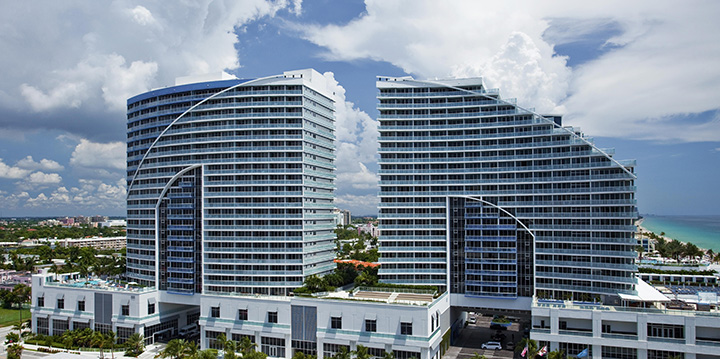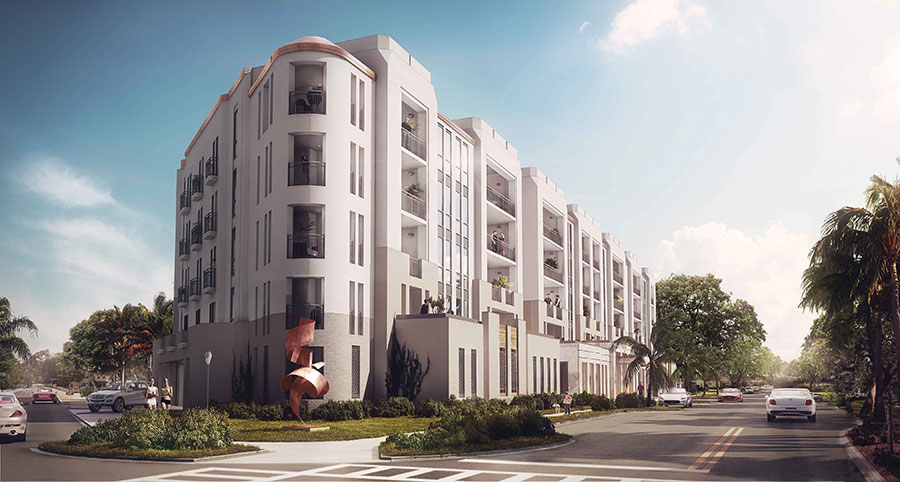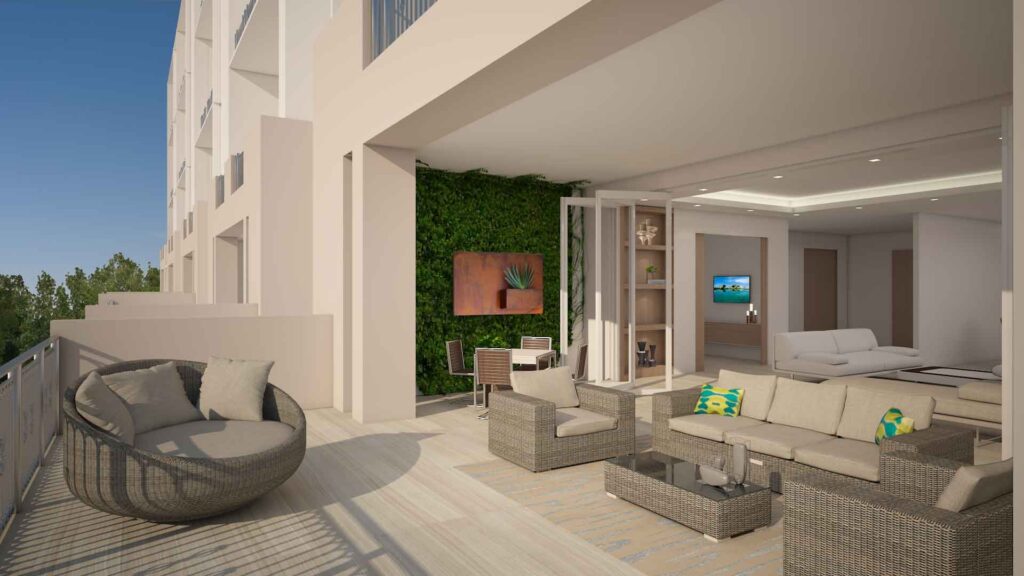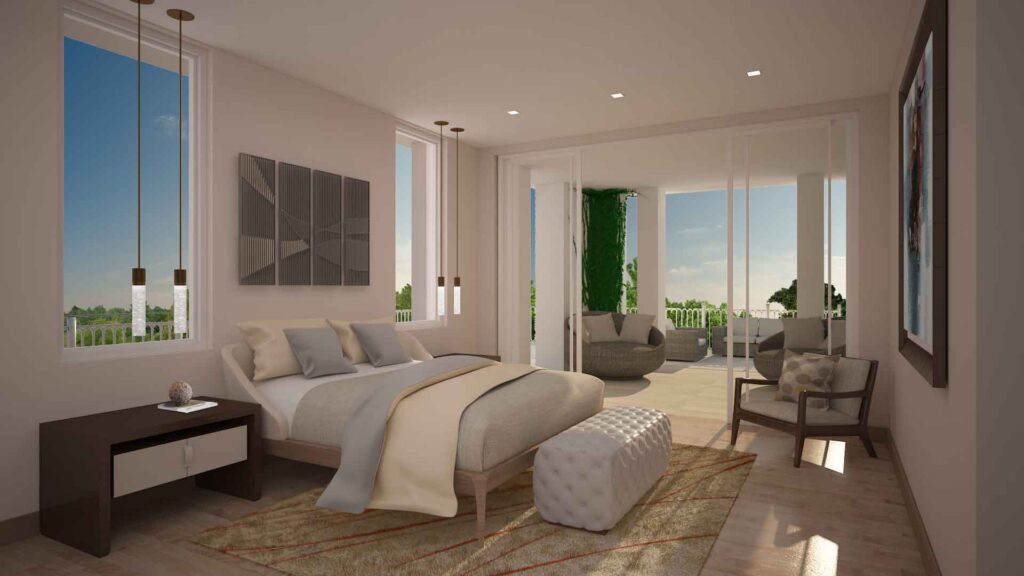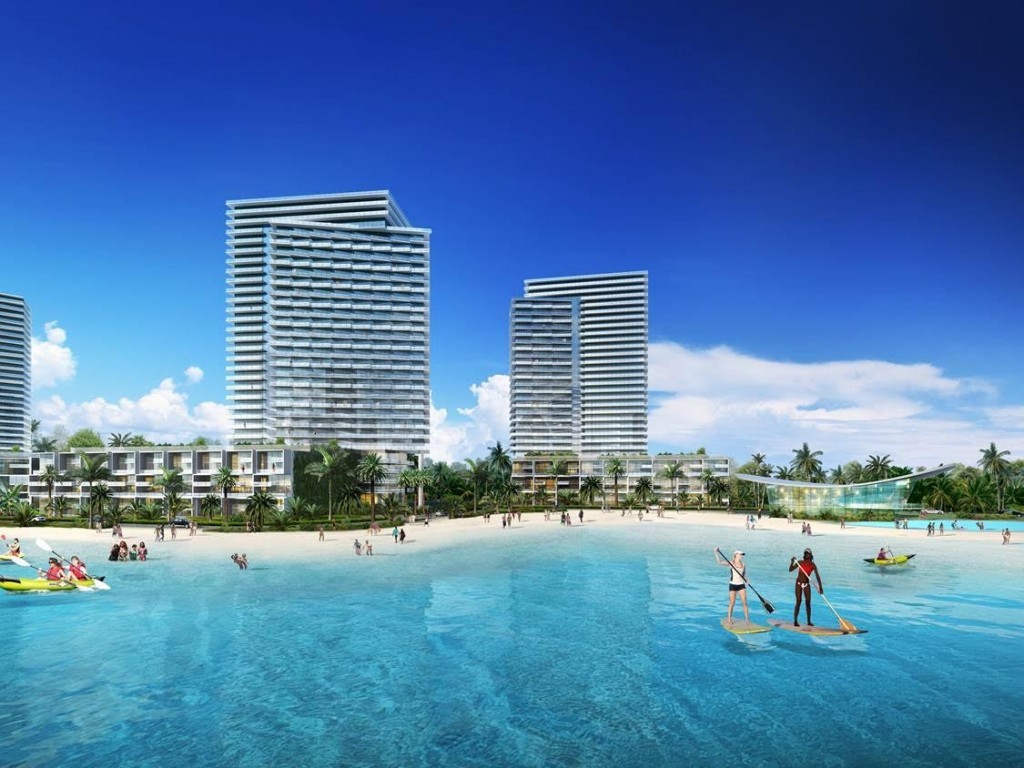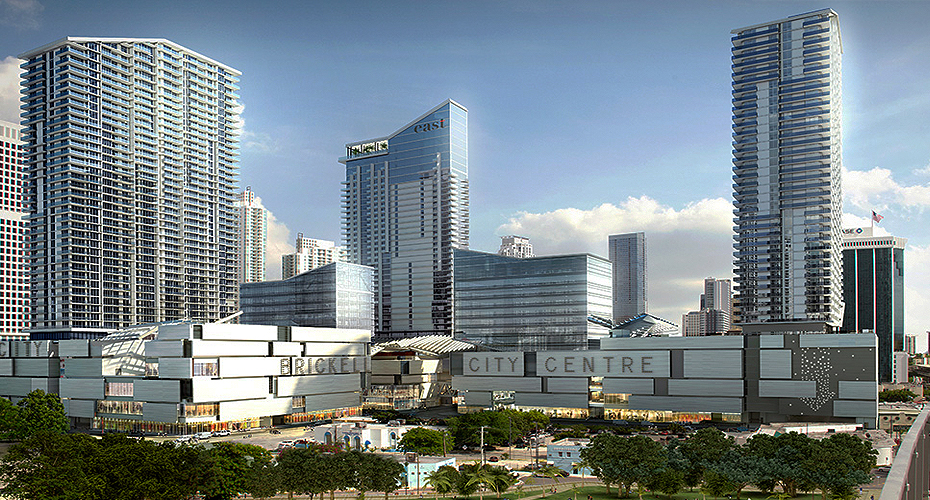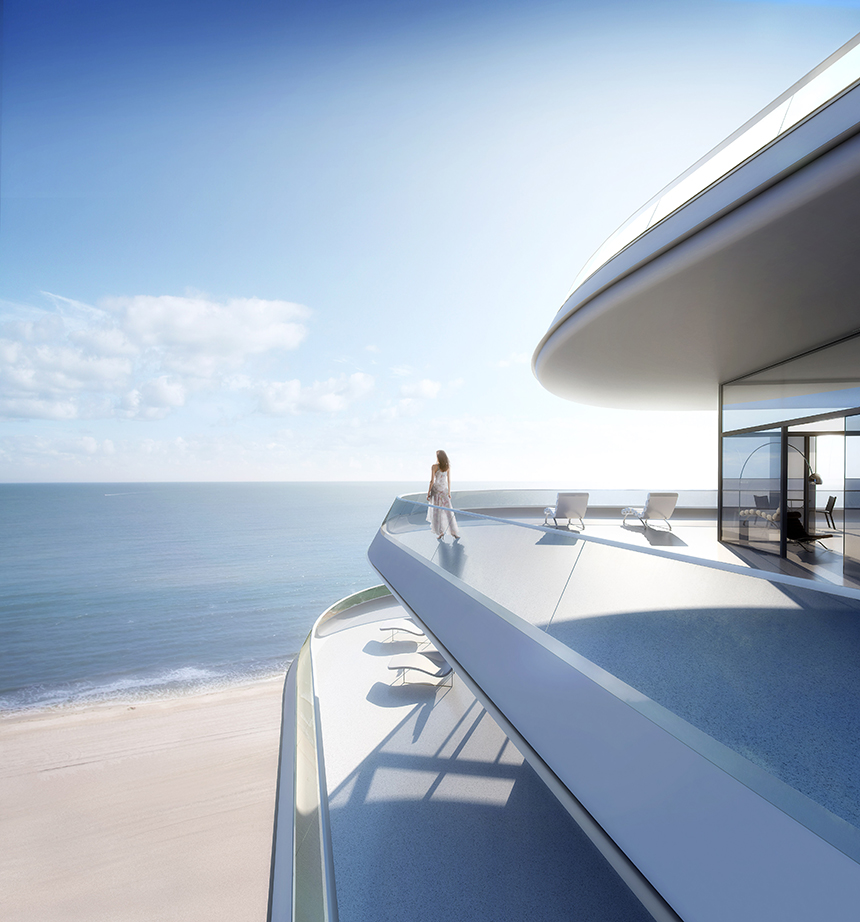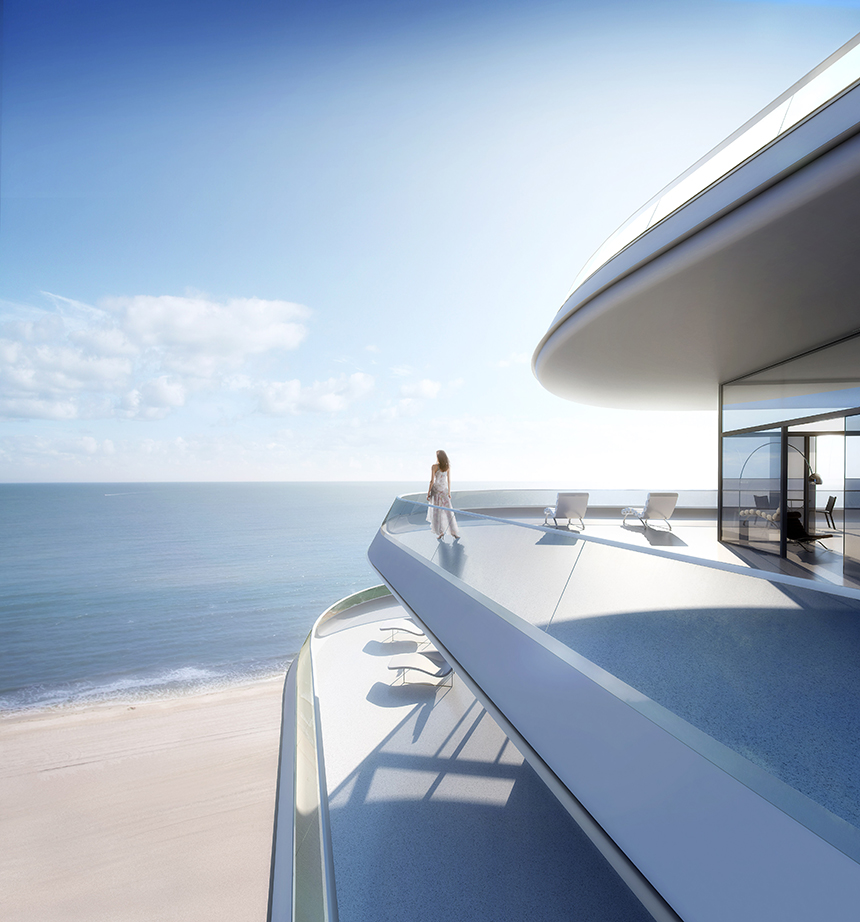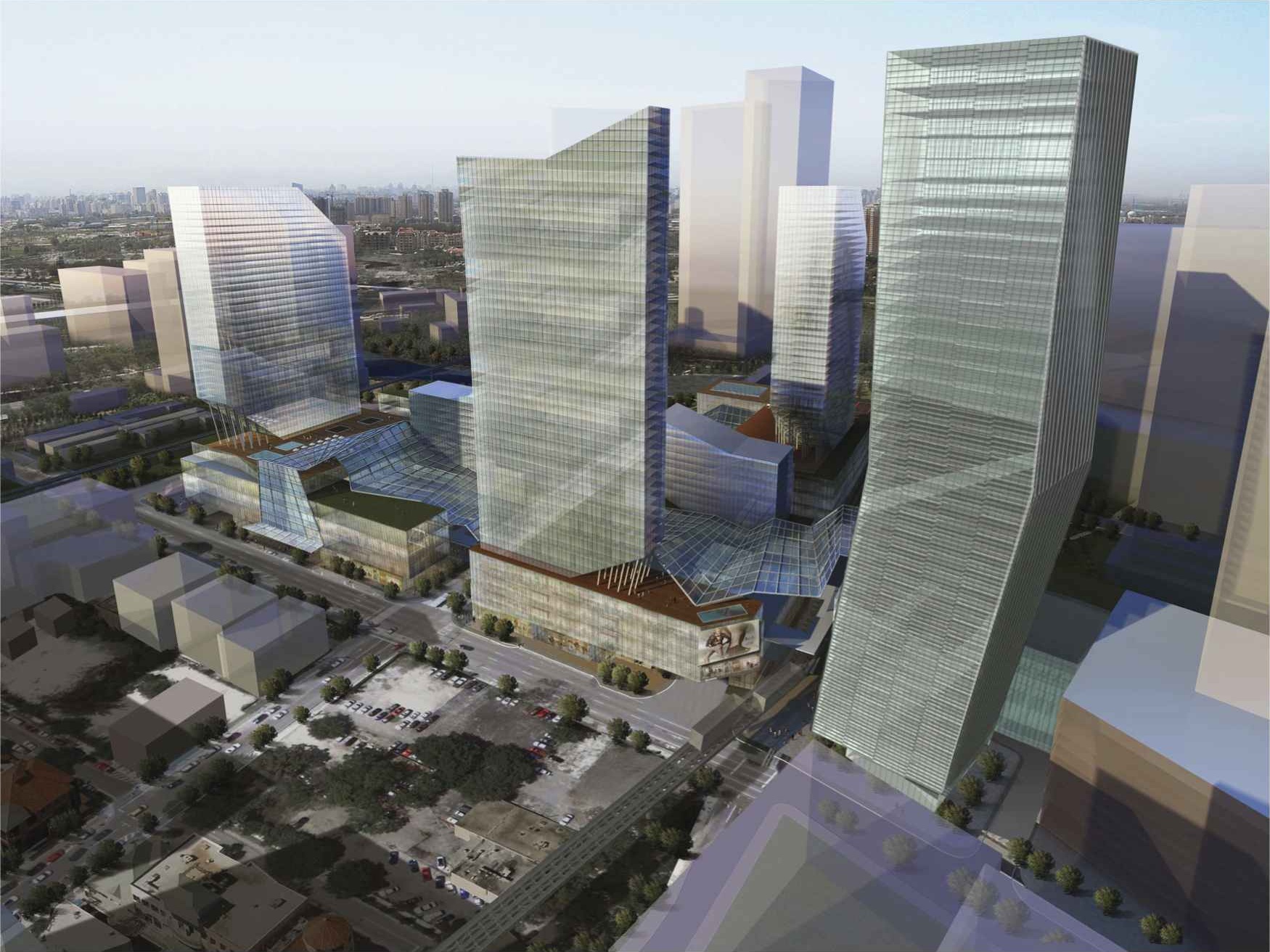Valuing Climate Risk in the Real Estate
January 29, 2019 – Miami, Florida
Facilitated by Zac Taylor, PhD (Research Fellow, University of Leuven) and Adam Greenfader (Managing Principal, AG&T; chair of Caribbean Council of ULI Southeast Florida/Caribbean) Participants included individuals representing development, insurance, sales, master planning, public sector, legal, and academic perspectives.
Key Messages
- The economics of real estate in South Florida face several medium- and long-term challenges due to climate risk.
- Climate risks place pressure on the ability to create sustainable value from real estate in the region, including increasing costs of finance (insurance, investment, property tax), growing cap and op ex, and negative market perceptions.
- Proactive local action will be key, but not sufficient, to mitigate these concerns.
- Decision-maker education and collaboration, in part through ULI, will be essential to secure regional change.
Thematic Observations
Insurance – Property Rates and Terms
- Insurance is geared towards the sudden and acute, not the gradual and chronic. Supply of capital for Florida risk is declining and will continue for those who continue to build in risky areas.
- Risk of losing coverage over medium-term (eg 5-10 year hold period) is increasingly raising concerns about profitability of developer strategy in South Florida.
- Eventually property owners cannot pass cost of insurance on to consumers/tenants – this will erode asset value.
- Insurance rate baselines are 15-20% higher post-2017/18/19 underwriting cycle due to historic losses. Rates are cyclical to an extent, but unclear if this pattern will persist in context of growing losses, rising risk because insurers increasingly set rates according to reinsurance investor appetite (see ILS market).
- Insurance policy terms are changing, and likely to continue, to limit insurer liability for losses. Requires careful scrutiny.
Location Investment Decisions
- Institutional capital providers increasingly ask developers to address risks through asset-level mitigation.
- Investors are also asking what community-scale measures are being put in place, in recognition that assets are not independent from broader risk/resilience patterns.
Public Finance
- Bond ratings agencies increasingly looking at municipal creditworthiness in relation to economic exposure to climate risk (e.g. property tax base security). This may have impact on cost of capital.
Design and Mitigation Considerations
- Public investments can have negative as much as positive impacts on private property (see Miami Beach road-raising) — this is cost and time intensive work, in part because it is politically contested and in part because of local public sector capacity.
- Insurers likely to determine how, where development happens. Access to risk models has changed one participant’s understanding of their practice, re: valuation and incorporation of long-term risk reduction principles in design, building code, planning
Collaboration / ULI Opportunities
- South Florida communities need a collaborative plan to address the economics of built environment climate risk. Without it, insurers and lenders will leave the market, and negative feedback loop (property devaluation) will be faster.
To learn more: uli-selected-to-manage-southeast-florida-regional-climate-compact-project



